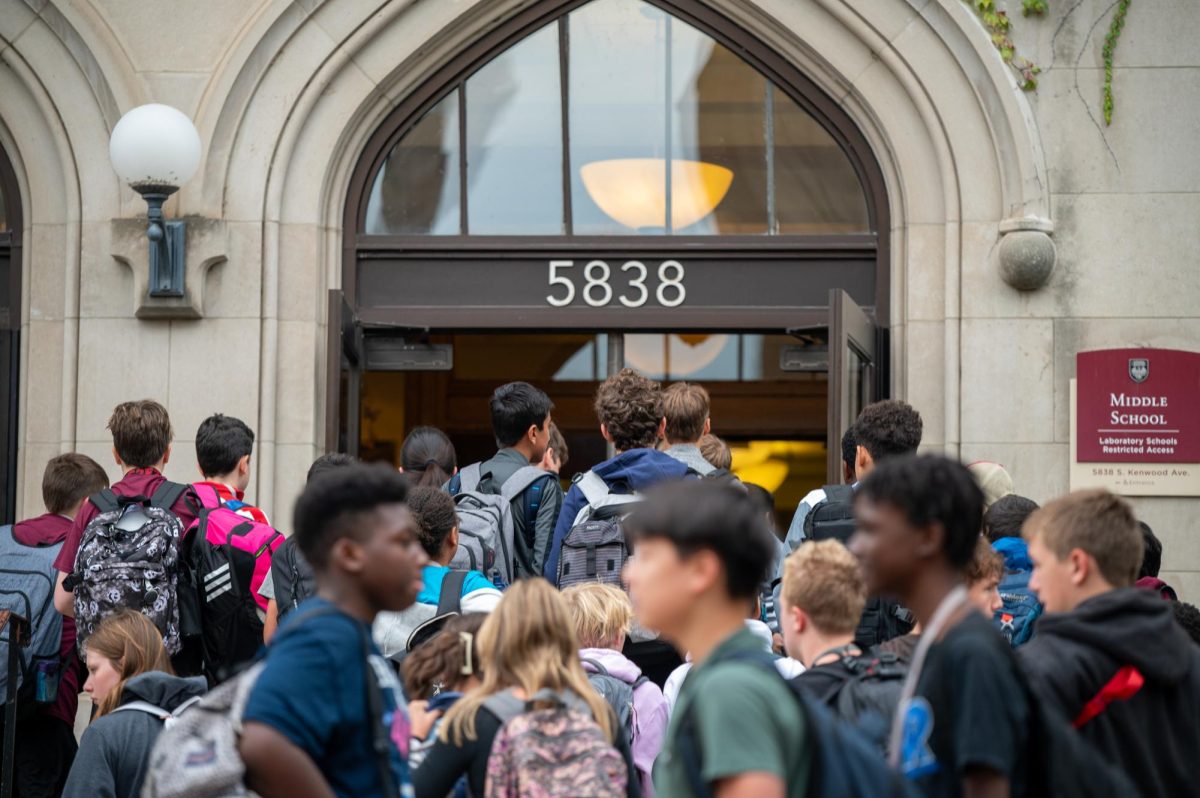With more than two weeks into the 2023-24 school year, students have embraced the 8:30 a.m. start time and lab periods but find co-curricular weeks to be stressful and harder to get work done.
The new schedule was presented last winter after more than a year of planning and features standardized 50-minute periods and course start times that have been well received by students.
Due to the standardized class periods, junior Chani Patterson enjoys increased free time during the day. She finds it easier to get work done and can manage her time more efficiently.
“I actually really enjoy the new schedule because I have a free period and I have an hour every single day to do my work,” Chani said. “The lab periods are really effective because I can finish all my work during the school day. I have more time outside of the school day to do other things like ACT prep and relaxing.”
Ninth grader Mia Lane appreciates the elimination of long periods for every class, which were replaced by four 75 minute lab periods for science classes.
“In middle school, the really early start and 90-minute periods were really bad first thing in the morning,” Mia said. “I like that we have 50-minute periods now and only occasional lab periods.”
Senior Sarra Grimshaw appreciates the later start time, especially because she doesn’t have a first period class.
“I love the 8:30 start,” Sarra said. “I hated going to class at 8 a.m., and now I can take my time getting up in the morning.”
While she appreciates the free time in the morning, Sarra already noticed how having every class period meet on Mondays and Fridays can be stressful, particularly when she has homework due the next day.
“It’s kind of rough having almost every class every day or having every class on Mondays and Fridays which can be a little bit of a stressor especially from Thursday to Friday,” Sarra said.
Although some students have been able to take advantage of the late start, junior Jashan Gill finds it harder to commute from the South Loop.
“It’s nice that I get to wake up later, but then I also go to bed later, so it didn’t really change that much,” Jashan said. “It has made it tighter for me to catch the train because I take the Metra at 3:38 p.m., so I have to rush from school.”
The new schedule also incorporates eight co-curricular weeks into the school year. During typically scheduled lab classes or free periods, students are required to attend community assemblies and workshops.
Ninth grader Hailey Purcell found the co-curricular weeks to be stressful, since she had less time to complete assignments during the school day.
Hailey said, “I think they are a bit more intense because you have to be somewhere when you would otherwise have a free period. During the non-co-curricular weeks I had more time to get homework done.”
Sophomore Maggie Yagan relies on time during Labs C and D to complete assignments and finds it more difficult to plan when those periods are taken up by assemblies.
“Teachers assume that we have way more time on Wednesdays than we actually do during co-curricular weeks,” Maggie said, “It becomes inconvenient when we have co-curricular weeks and then nothing changes around the amount of homework.”
While Chani enjoys having time on Wednesday afternoons and Tuesday mornings to study, she understands the importance of bringing the community together for regularly scheduled programming.
“I think they are nice for gathering students together and giving us a break from labs,” Chani said, “but I feel that they are unfortunately taking away from necessary homework time.”





















































